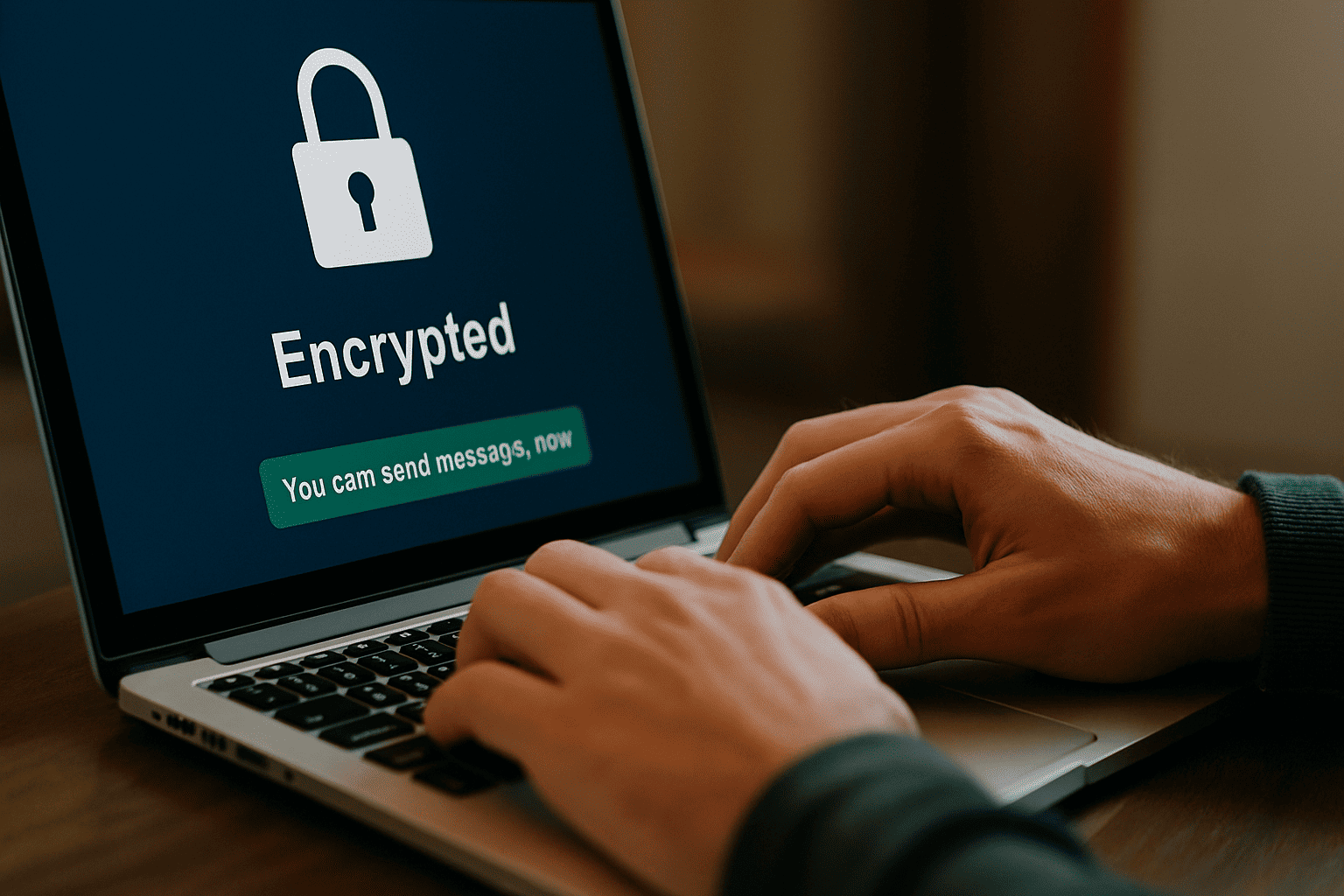In an era where so much of our relationship-building, networking, and personal connection happens over screens, the importance of secure online communication cannot be overstated. Whether you’re chatting with a new match, exchanging personal details, or simply staying in touch with friends, every message or call has the potential to be intercepted, manipulated, or misused. With threats like identity theft, phishing, and eavesdropping becoming more refined, knowing how to communicate securely is no longer optional it’s essential.
This guide outlines robust, practical practices to help you preserve your privacy, protect sensitive information, and maintain trust in digital relationships.
Why Secure Communication Matters
Every message you send texts, voice, video, or file transfers may potentially pass through multiple servers or networks before reaching its recipient. Without proper safeguards, these channels become vulnerable to interception by malicious actors or unauthorized parties.
Using encryption ensures that even if data is intercepted, it remains unreadable to anyone without the correct decryption key. End-to-end encryption (E2EE) is considered the gold standard: messages are encrypted on the sender’s device and decrypted only on the recipient’s device, meaning intermediaries including service providers cannot read the content.
Additionally, secure communication helps protect against impersonation, man-in-the-middle attacks, and data leaks. In the context of online dating or any personal interaction, it safeguards your trust, reputation, and identity.

Core Best Practices for Secure Communication
1. Use Platforms with End-to-End Encryption
Whenever possible, choose communication tools (messaging apps, call platforms) that support true end-to-end encryption by default. Platforms that do not fully support E2EE even if they use encryption in transit may still allow data to be accessed by servers.
Examples include apps that allow encrypted chat, voice, and video calls without exposing your conversations to intermediaries.
2. Authenticate Contacts
Knowing that the person on the other end is who they say they are is vital. Use secondary verification such as exchanging code words, verifying through video, or comparing public keys to confirm identities before sharing sensitive information or trusting important communication.
3. Strong, Unique Passwords + Multi-Factor Authentication
Your accounts (email, chat apps, devices) are the gateways to your communication. Use strong, unique passwords or passphrases, store them via a reputable password manager, and enable multi-factor authentication (MFA) wherever available. This extra barrier helps prevent unauthorized access even if passwords are compromised.
4. Be Cautious with Public/Shared Networks
Public WiFi, cafés, hotels, or open networks are inherently less secure. Use a reputable virtual private network (VPN) to encrypt your traffic or avoid sharing sensitive data over such networks altogether. Ensure that the apps you use enforce TLS (Transport Layer Security) to encrypt data in transit.
5. Keep Software Updated
Vulnerabilities in operating systems, apps, or firmware are routinely discovered and patches are released to fix them. If you delay updates, you leave yourself open. Always install security updates promptly on your devices and communication apps.
6. Avoid Oversharing Sensitive Information
Even with secure channels, sharing sensitive personal information (addresses, identification numbers, detailed personal histories) too early can be risky. Wait until you have confidence in the person’s authenticity and only share what is necessary, with boundaries.
7. Use Encrypted Attachments or Secure File Sharing
When sending documents, photos, or files, consider encrypting them or using secure file-sharing services. Rather than sending directly within a message, you can place the content inside a password-protected file or use tools that provide encrypted storage.
8. Monitor for Suspicious Behavior
Be alert to behavior that suggests something is off: rapid intimacy, avoidance of verifiable communication (such as refusing video), sudden changes in story, or requests for financial help. These may coexist with attempts to break the secure patterns or push you toward less protected channels.
Additional Practices for Advanced Protection
- Use ephemeral messaging or disappearing messages where available, so content automatically deletes after a set period.
- Separate identities and accounts: Use a secondary email or account for dating or meeting new people, not your main identity.
- Limit metadata exposure: While content may be encrypted, metadata like timestamps or participants may still be exposed. Some apps offer features to obfuscate or limit metadata logging.
- Periodically revalidate contacts: Over time, trust can erode or deception may evolve don’t take relationships as static; occasionally verify communication integrity.
Balancing Security with Usability and Trust
While high security is desirable, it should not come at the cost of connection. One challenge is communicating in ways others find usable and accessible. For example, overly technical tools or processes may deter conversation. Security education must be delivered in ways that are clear, actionable, and not overwhelming. This balance between ease and protection is a central challenge in secure communication design.
It’s also worth remembering that security is not a one-time setup it’s a habit. Stay updated with new threats, review your communication practices regularly, and adjust when necessary.
Case Scenario: A Safer Chat Approach
Consider this scenario: You match with someone on a dating app. Before you share your phone number, request a video chat through the app’s encryption channel. Once the face and voice match the profile, transition to an end-to-end encrypted messaging app. Use a strong password and MFA. Avoid sending sensitive documents until several weeks into conversation and after building mutual trust. Use a VPN when chatting from public networks, and keep your device updated. If at any point something feels inconsistent, pause and re-evaluate.
This multi-layered approach verification, encryption, layered accounts reduces risk significantly while allowing genuine connection.


